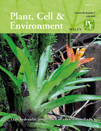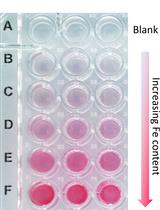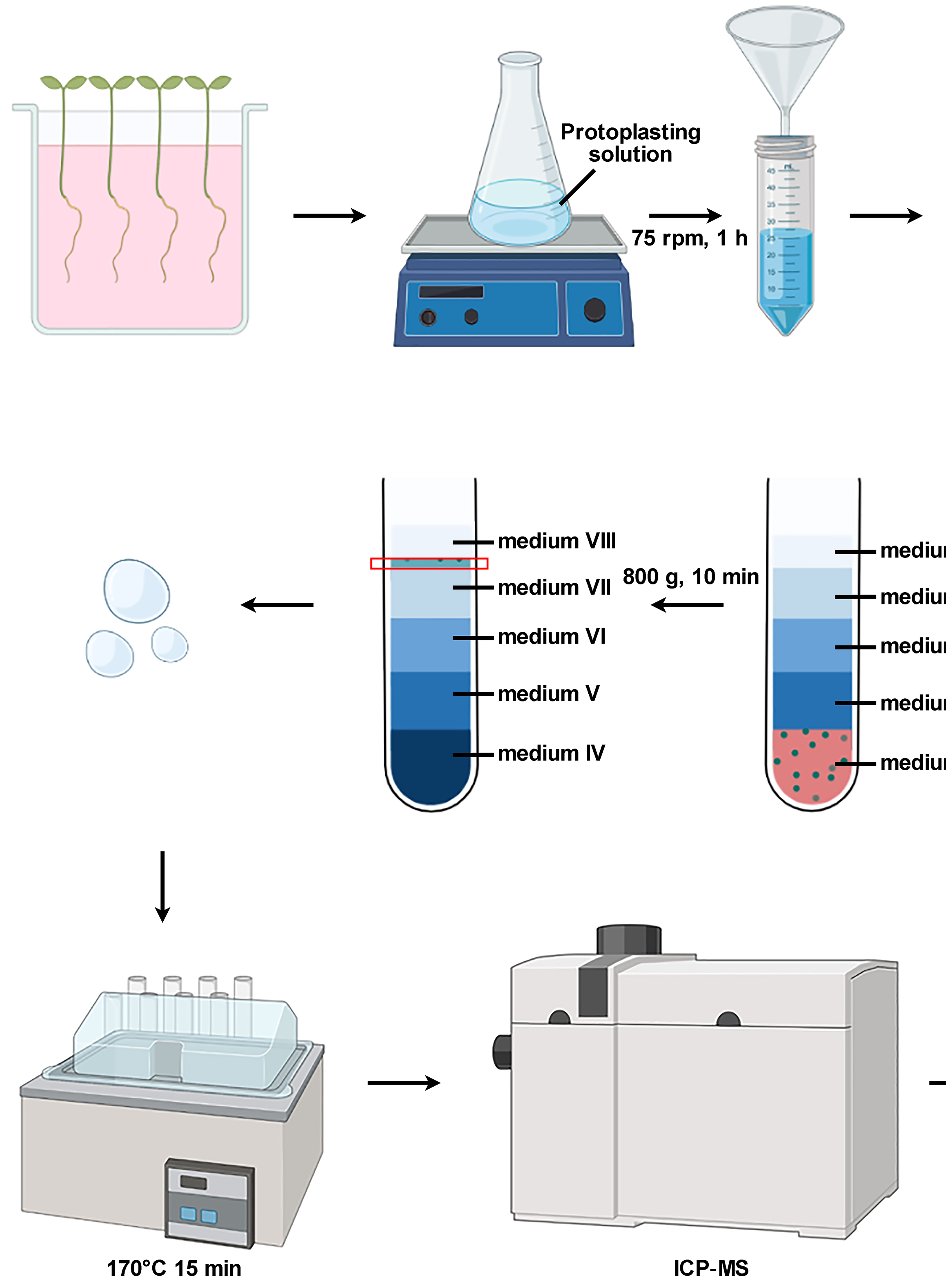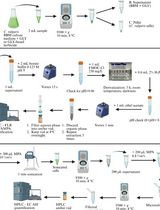- EN - English
- CN - 中文
Quantitative Determination of Ascorbate from the Green Alga Chlamydomonas reinhardtii by HPLC
采用HPLC法定量测定绿藻莱茵衣藻中的抗坏血酸
发布: 2016年12月20日第6卷第24期 DOI: 10.21769/BioProtoc.2067 浏览次数: 8687
评审: Maria SinetovaClaudia CatalanottiAnonymous reviewer(s)
Abstract
Ascorbate (Asc, also called vitamin C) is of vital importance to the cellular functions of both animals and plants. During evolution, Asc has become one of the most abundant metabolites in seed plants; however, Asc contents in cyanobacteria, green algae and bryophytes are very low. Here we describe a sensitive and reliable HPLC method for the quantitative determination of cellular Asc content in the green alga Chlamydomonas reinhardtii.
Keywords: Ascorbate (抗坏血酸)Background
Previous protocols for the determination of cellular Asc content were developed for higher plants, of which the amounts of cellular Asc are high enough for the analysis. Those protocols are not suitable for green algae, since both the amounts of the plant material and the levels of the cellular Asc are usually limited. Therefore, there was a need to develop a novel method with sensitivity improved to the µM range to measure the cellular Asc in green algae.
Materials and Reagents
- 15-ml conical centrifuge tubes (Corning, Falcon®)
- Polypropylene microcentrifuge tubes of 1.5 ml (Eppendorf)
- 0.3 ml polypropylene chromatographic vials (Focus Technology, model: VP91 ) with polypropylene cap and PTFE/silicone septa (Focus Technology, model: SC9291 )
- 4 mm hydrophilic PTFE syringe filter with a 0.22 µm pore size (Nantong Filterbio Membrane, catalog number: FBS4PTFE022L )
- 47 mm hydrophilic PTFE membrane with a 0.45 µm pore size (Nantong Filterbio Membrane, catalog number: FBM047PTFE045L )
- Glass beads 212-300 µm (Sigma-Aldrich, catalog number: G9143-250G )
- 1 ml disposable polypropylene syringe (B. Braun Medical, catalog number: 9166017V )
- Millex-GS 33 mm sterile syringe filter with a 0.22 µm pore size (EMD Millipore, catalog number: SLGS033SS )
- Milli-Q water
- Liquid nitrogen
- Tris-(2-carboxyethyl)-phosphine hydrochloride (TCEP) (Carl Roth, catalog number: HN95.2 )
- Potassium dihydrogen phosphate (KH2PO4) (Carl Roth, catalog number: 3904.1 )
- Orthophosphoric acid (H3PO4) (Sigma-Aldrich, catalog number: W290017 )
- EDTA (Sigma-Aldrich, catalog number: EDS-100G )
- Sodium chloride (NaCl) (Duchefa Biochemie, catalog number: S0520.1000 )
- Potassium chloride (KCl) (Duchefa Biochemie, catalog number: P0515.1000 )
- Di-sodium hydrogen phosphate (Na2HPO4) (Carl Roth, catalog number: P030.2 )
- Magnesium chloride hexahydrate (MgCl2·6H2O) (Sigma-Aldrich, catalog number: M2393-100g )
- Calcium chloride dihydrate (CaCl2·2H2O) (Duchefa Biochemie, catalog number: C0504.1000 )
- Hydrochloric acid (HCl) (Sigma-Aldrich, catalog number: 258148-2.5L-D )
- Sodium L-Asc (Sigma-Aldrich, catalog number: 4034-100G )
- Acetonitrile HPLC gradient grade (VWR, HiPerSolv Chromanorm®, catalog number: 83639.320 )
- Phosphate-buffered saline (PBS) (see Recipes)
- Extraction buffer (see Recipes)
- HPLC mobile phase A (see Recipes)
- HPLC mobile phase B (see Recipes)
- Sodium L-Asc standard solutions (see Recipes)
Equipment
- ScepterTM handheld automated cell counter (EMD Millipore, catalog number: PHCC00000 )
- ScepterTM Sensors – 40 µm (EMD Millipore, catalog number: PHCC40050 )
- Refrigerated table centrifuge and microcentrifuge
- HPLC system (Shimadzu Scientific Instruments) equipped with:
- LC pump (Shimadzu Scientific Instruments, model: LC-20AD )
- Thermostated autosampler (Shimadzu Scientific Instruments, model: SIL-20AC )
- Photo Diode Array detector (Shimadzu Scientific Instruments, model: SPD-M30A )
- Column oven (Shimadzu Scientific Instruments, model: CTO-20AC )
- Synergy hydro 4u Hydro – RP 80 Å 250 x 4.6 mm (Phenomenex, catalog number: 00G-4375-E0 ) directly mounted with a guard column AQ C18 4.0 x 3.0 mm (Phenomenex, catalog number: KJ0-4282 )
Software
- LabSolution (Shimadzu Scientific Instruments)
Procedure
文章信息
版权信息
© 2016 The Authors; exclusive licensee Bio-protocol LLC.
如何引用
Kovács, L., Vidal-Meireles, A., Nagy, V. and Tóth, S. Z. (2016). Quantitative Determination of Ascorbate from the Green Alga Chlamydomonas reinhardtii by HPLC. Bio-protocol 6(24): e2067. DOI: 10.21769/BioProtoc.2067.
分类
植物科学 > 植物生物化学 > 其它化合物
生物化学 > 其它化合物 > 抗坏血酸盐
您对这篇实验方法有问题吗?
在此处发布您的问题,我们将邀请本文作者来回答。同时,我们会将您的问题发布到Bio-protocol Exchange,以便寻求社区成员的帮助。
提问指南
+ 问题描述
写下详细的问题描述,包括所有有助于他人回答您问题的信息(例如实验过程、条件和相关图像等)。
Share
Bluesky
X
Copy link
















